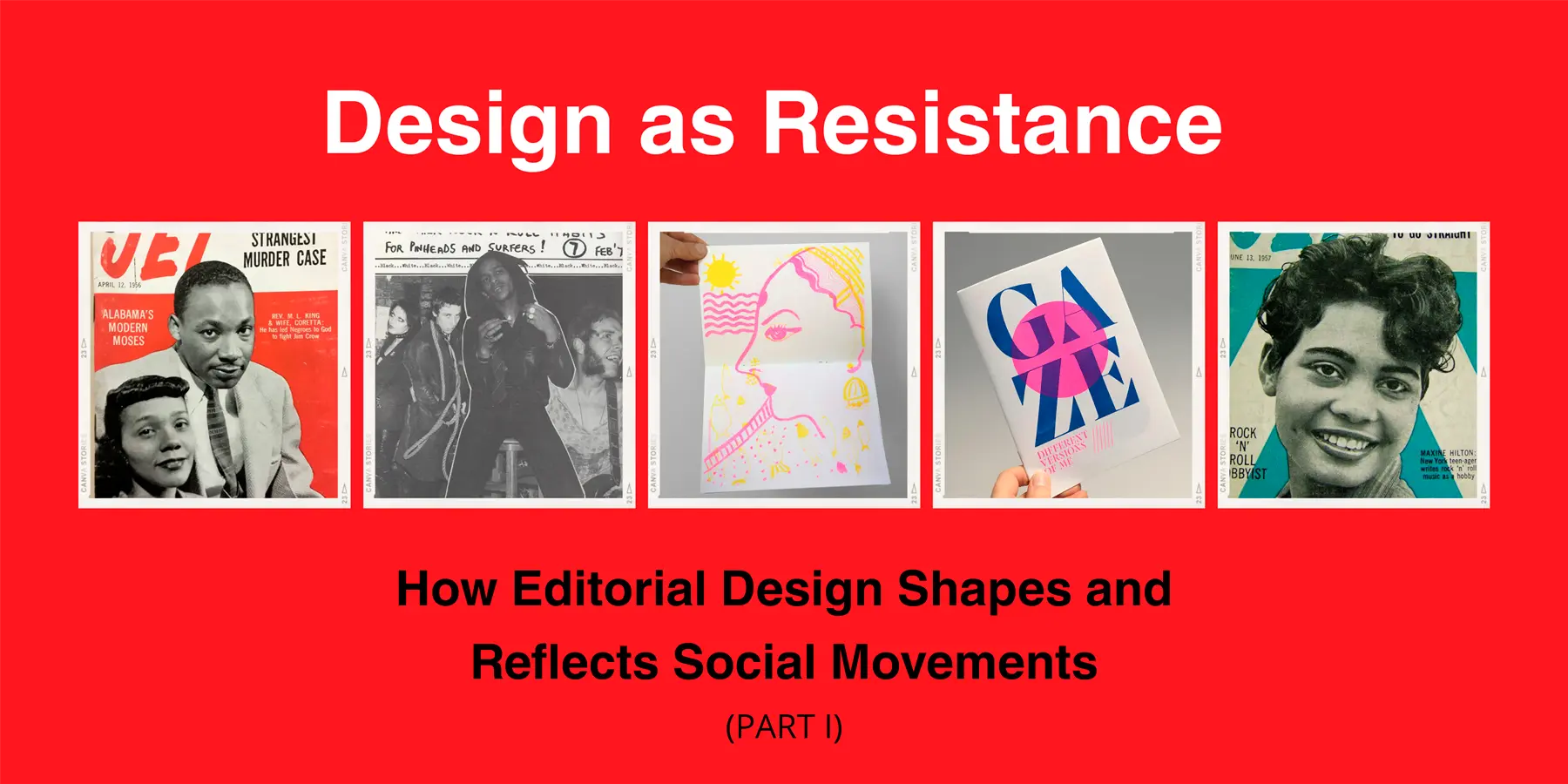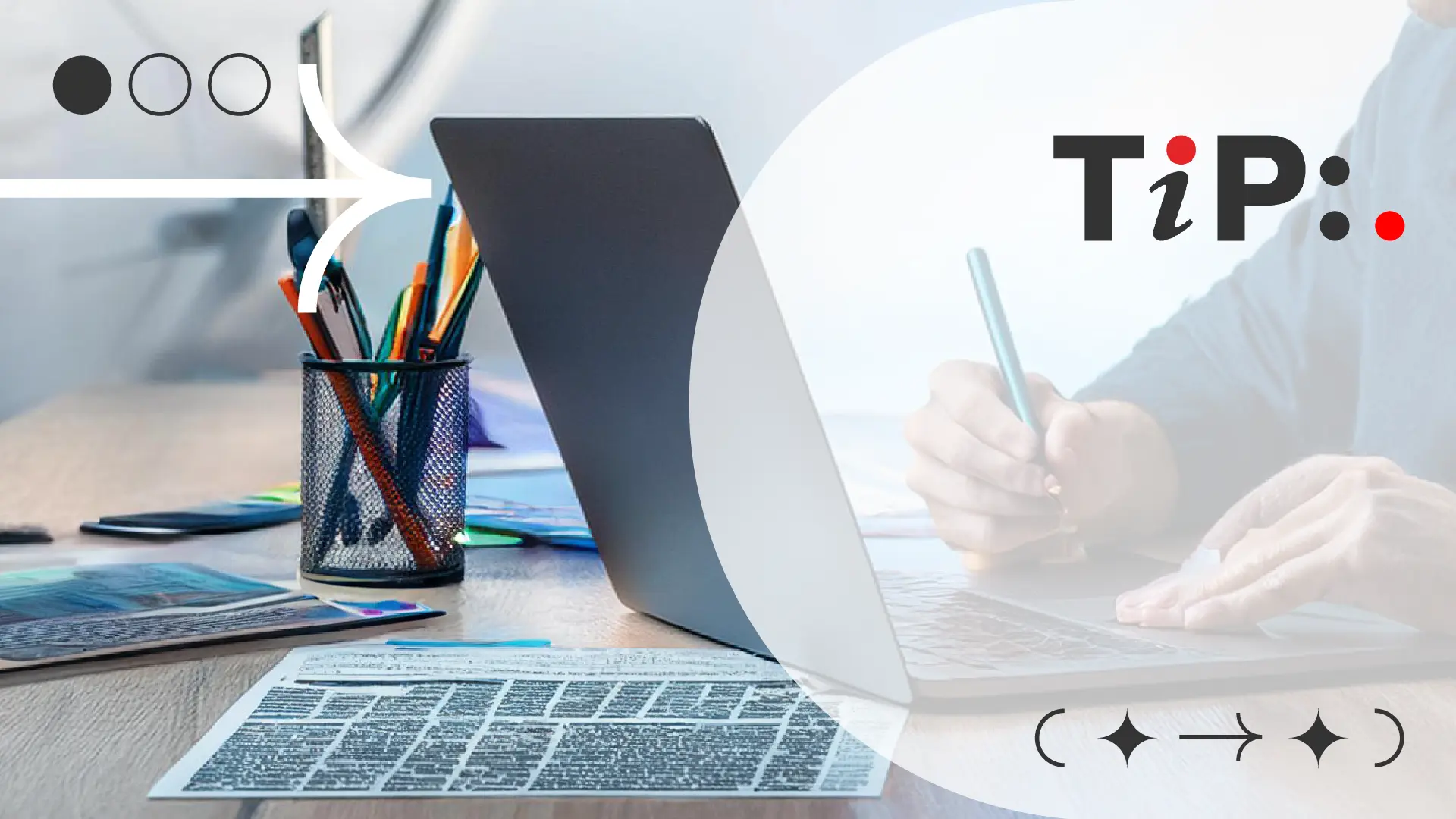Design as Resistance: How Editorial Design Shapes and Reflects Social Movements
From the fiery pamphlets of the civil rights era to today’s bold, Instagram-friendly zines, editorial design has always been a powerful tool for activism. The way information is presented—its layout, typography, imagery, and composition—can radically affect how a message is received and remembered. Editorial design doesn’t just reflect societal change; it actively participates in shaping it.
In the context of social movements, editorial design becomes a visual battleground. It gives form to ideas, makes voices visible, and transforms complex messages into compelling, digestible formats. Whether it’s a revolutionary magazine cover, a subversive poster, or a viral digital campaign, the role of the editorial designer is pivotal: they are the bridge between message and audience.
The Civil Rights Movement: Visual Clarity for a Just Cause
During the American civil rights movement of the 1950s and 1960s, editorial design played a crucial role in communicating the movement’s demands to a broader audience. The Movement, a photo book edited by Lorraine Hansberry and published in 1964, is one striking example. Through its clean, documentary-style layout and powerful black-and-white photography, the book gave visual clarity to the struggle for racial equality. Its editorial design choices—minimalistic, bold, and emotionally charged—allowed the reader to focus entirely on the humanity and urgency of the cause.
Similarly, publications like Jet and Ebony not only reported on issues affecting Black communities but also provided carefully curated visual narratives that affirmed Black identity and pride. The use of elegant, aspirational photography alongside thoughtful layouts was a deliberate design strategy to counteract negative portrayals in mainstream media.
Punk, Zines, and the DIY Revolution
Fast-forward to the 1970s and 1980s, and editorial design took a raw, rebellious turn with the rise of punk culture and DIY zines. Publications like Sniffin’ Glue and Punk Magazine rejected slick commercial aesthetics in favor of cut-and-paste layouts, hand-drawn typography, and Xeroxed visuals. These choices weren’t just stylistic—they were political. They emphasized accessibility over perfection and gave power to voices that mainstream media ignored.
Editorial design here was a form of resistance in itself. It told readers: you don’t need permission to speak, and you don’t need a publisher to be heard.
Contemporary Activism: Design for the Digital Age
In today’s digital-first world, editorial design is evolving rapidly, but its activist potential remains strong. Movements like Black Lives Matter, Me Too, and climate justice have harnessed the power of design across platforms—from Instagram carousels to interactive web publications. The clean, visually engaging slides used in activist social media posts aren’t accidental. They’re crafted to be shared, remembered, and acted upon.
Take, for example, the resurgence of zines during the 2020 racial justice protests. Designers and activists collaborated to produce digital and print zines that unpacked complex topics like police abolition, mutual aid, and racial capitalism. With accessible layouts, bold headers, and digestible content chunks, these designs helped educate and mobilize new audiences.
Similarly, The New York Times Magazine’s award-winning “1619 Project” exemplifies how editorial design can elevate historical reexamination. Through its sophisticated layout, full-bleed photography, and integration of long-form narratives with striking visuals, the project not only informed but also stirred national conversation about America’s origins and its ongoing racial inequalities.
Design as a Catalyst
Editorial design has always been more than decoration—it is storytelling with intent. It shapes how people interpret information, whom they listen to, and what calls to action they respond to. Good editorial design ensures that radical ideas don’t get lost in translation; great editorial design ensures those ideas echo.
For designers working in social justice today, the challenge and the opportunity are the same: to create with conscience. Every typographic choice, every layout decision, and every image selected has the potential to affirm dignity, provoke thought, or galvanize change.
As long as movements are pushing for a better world, editorial design will continue to be a critical part of that journey—making space for voices that must be heard, truths that must be seen, and futures that must be imagined.

